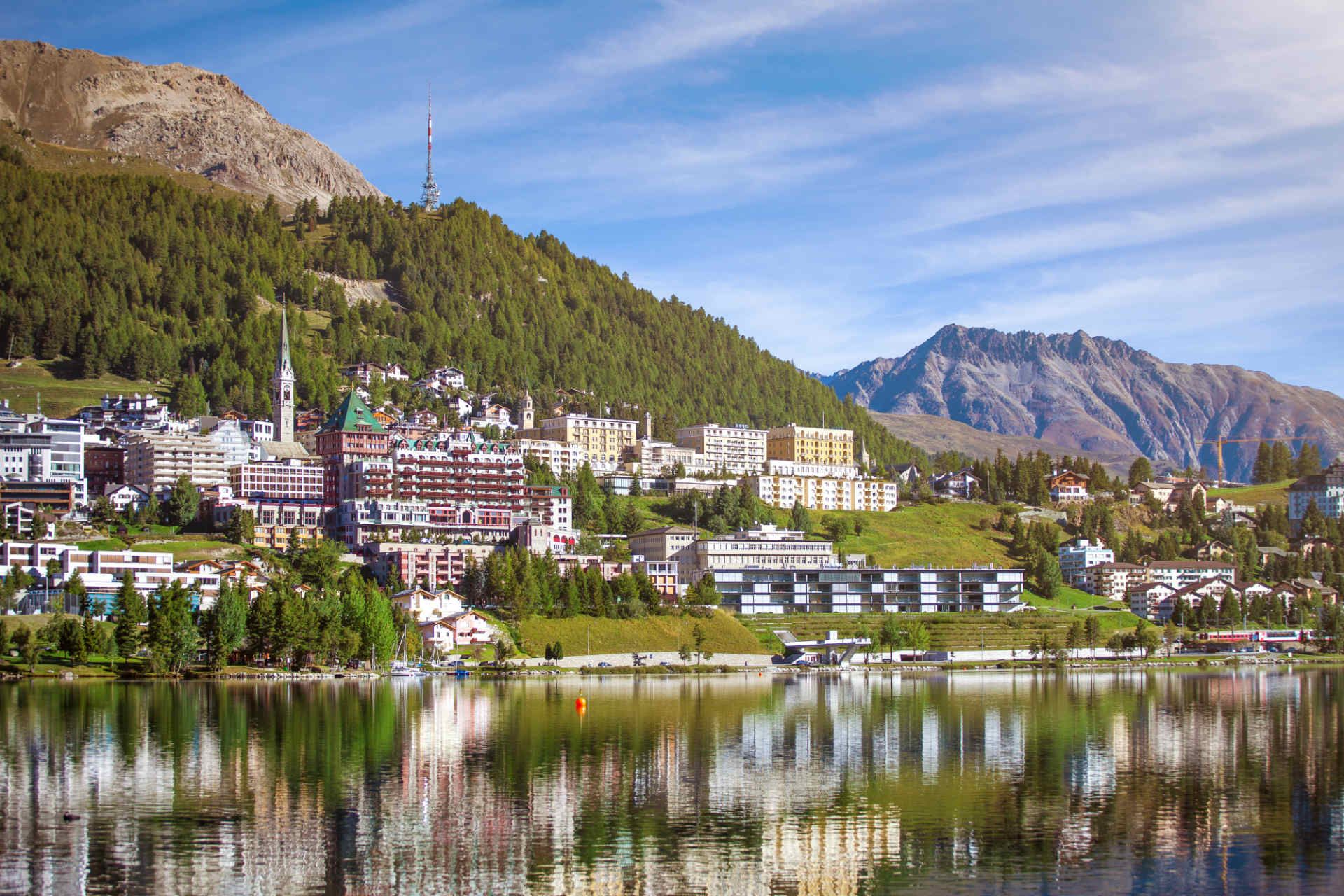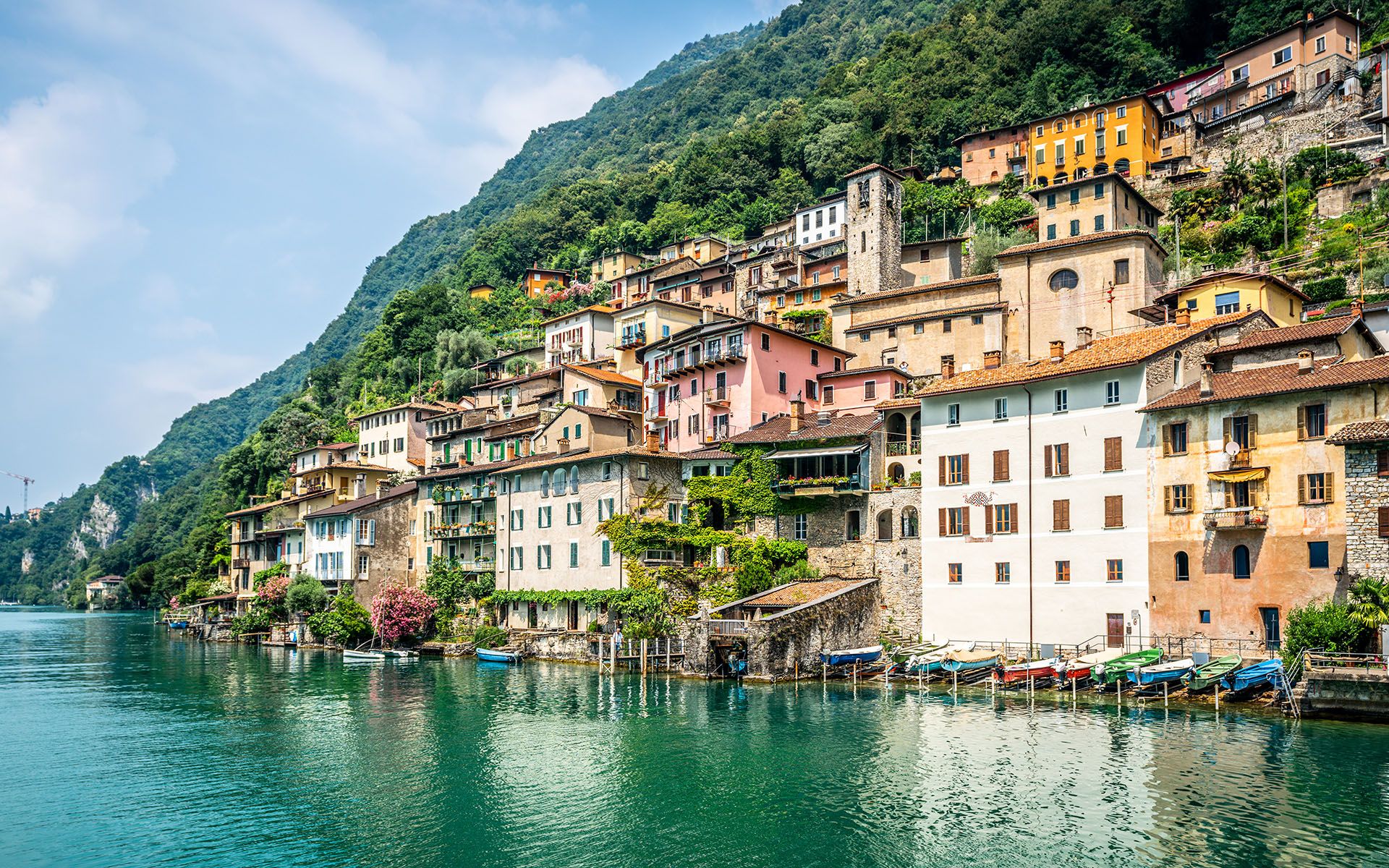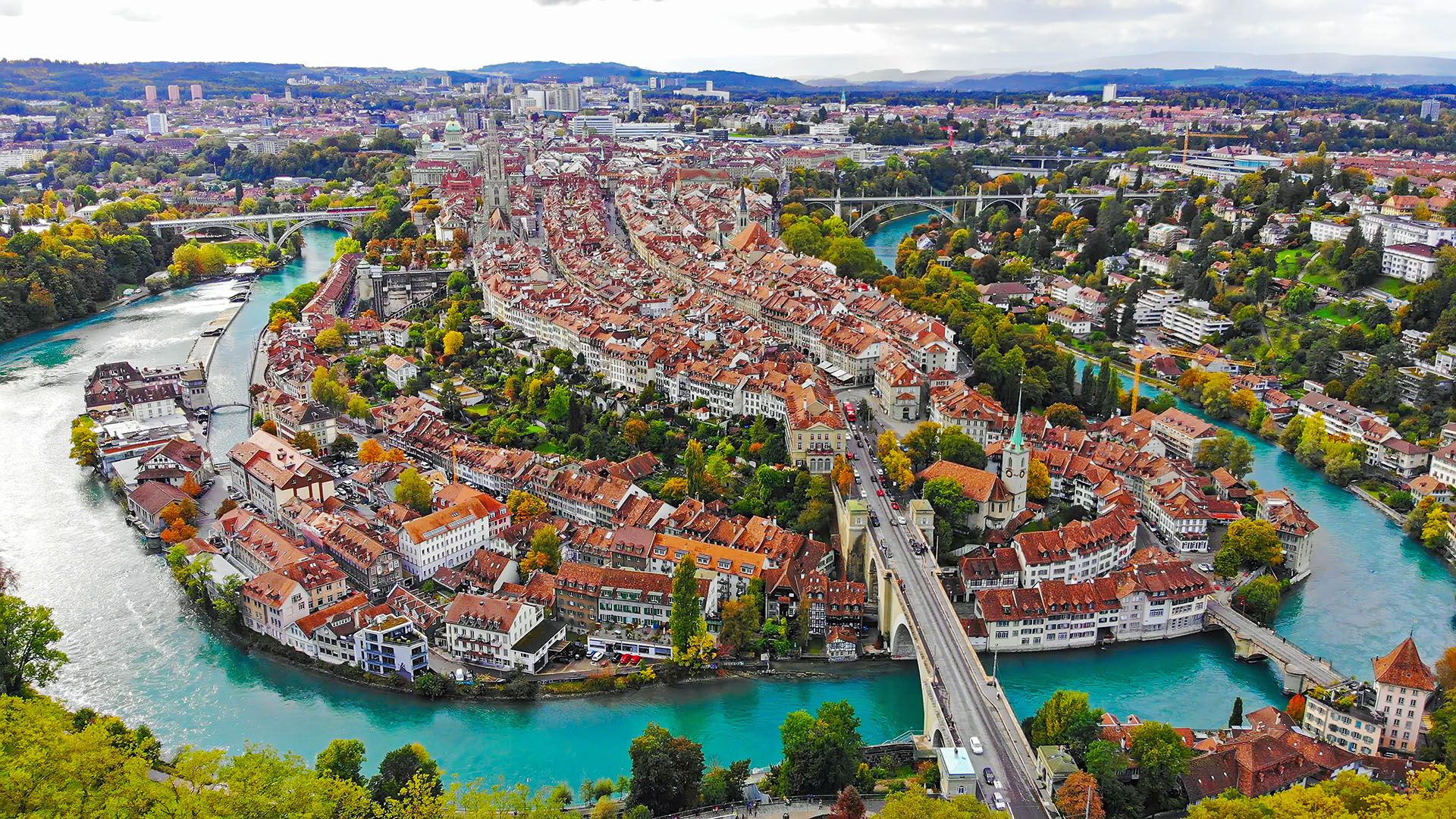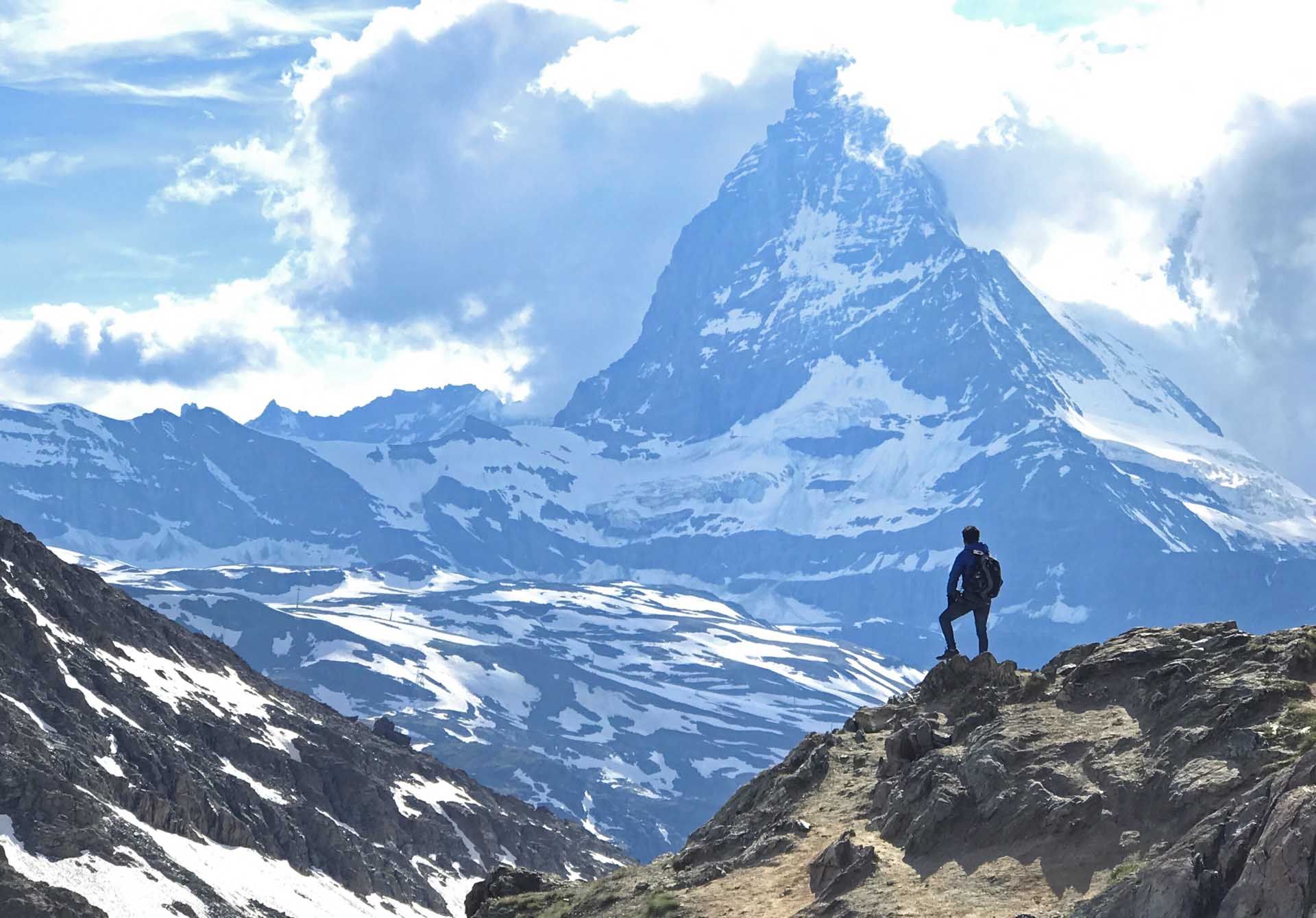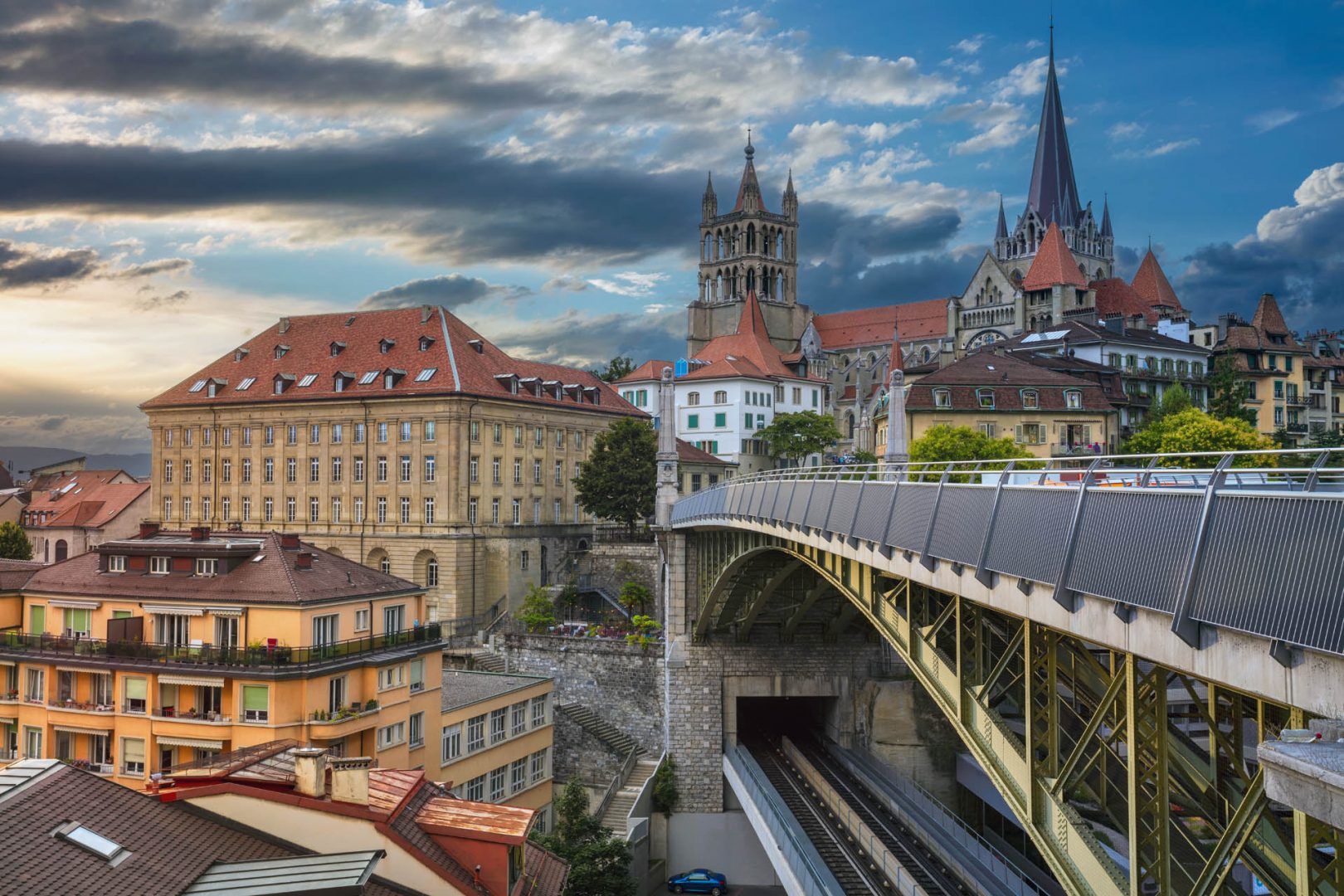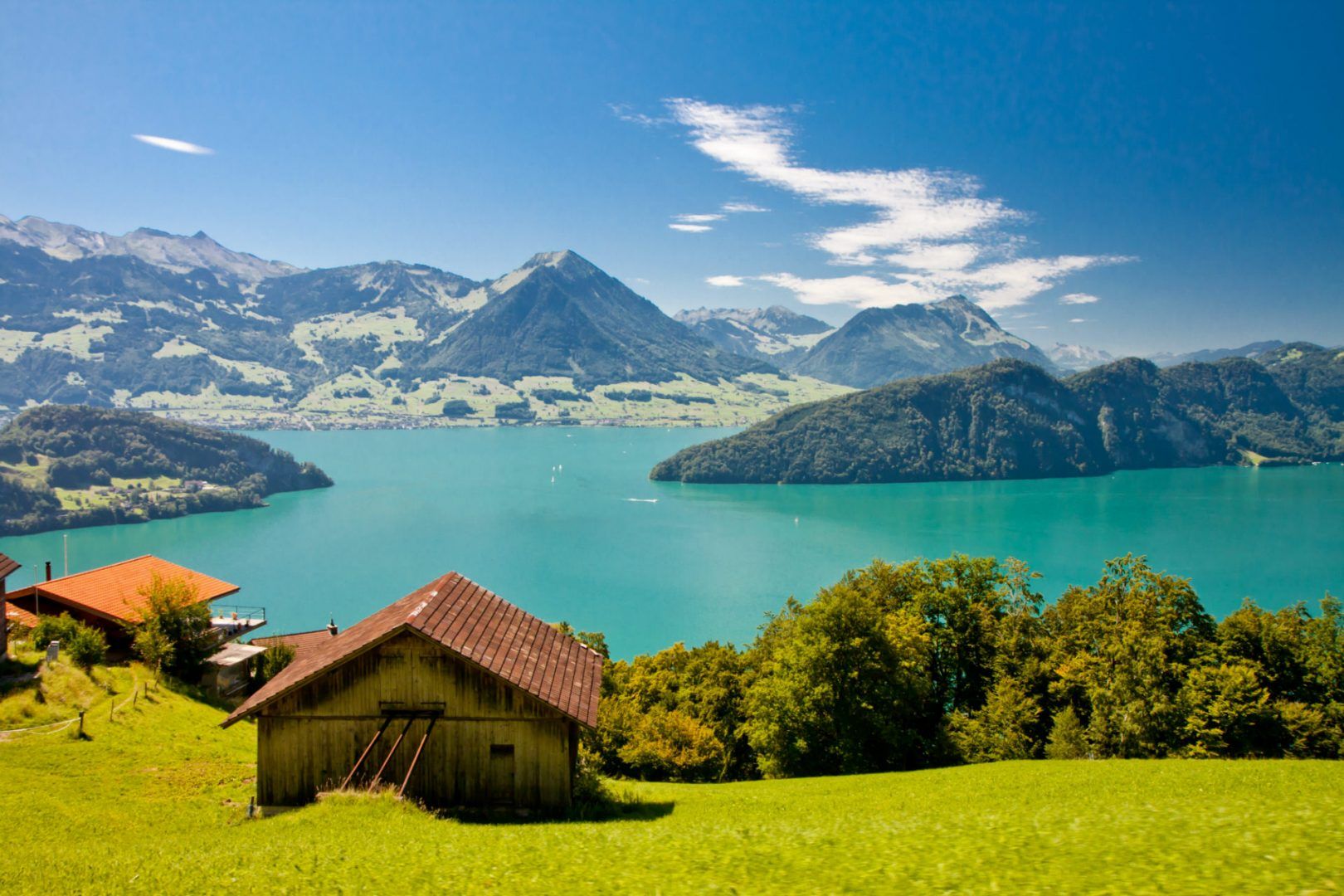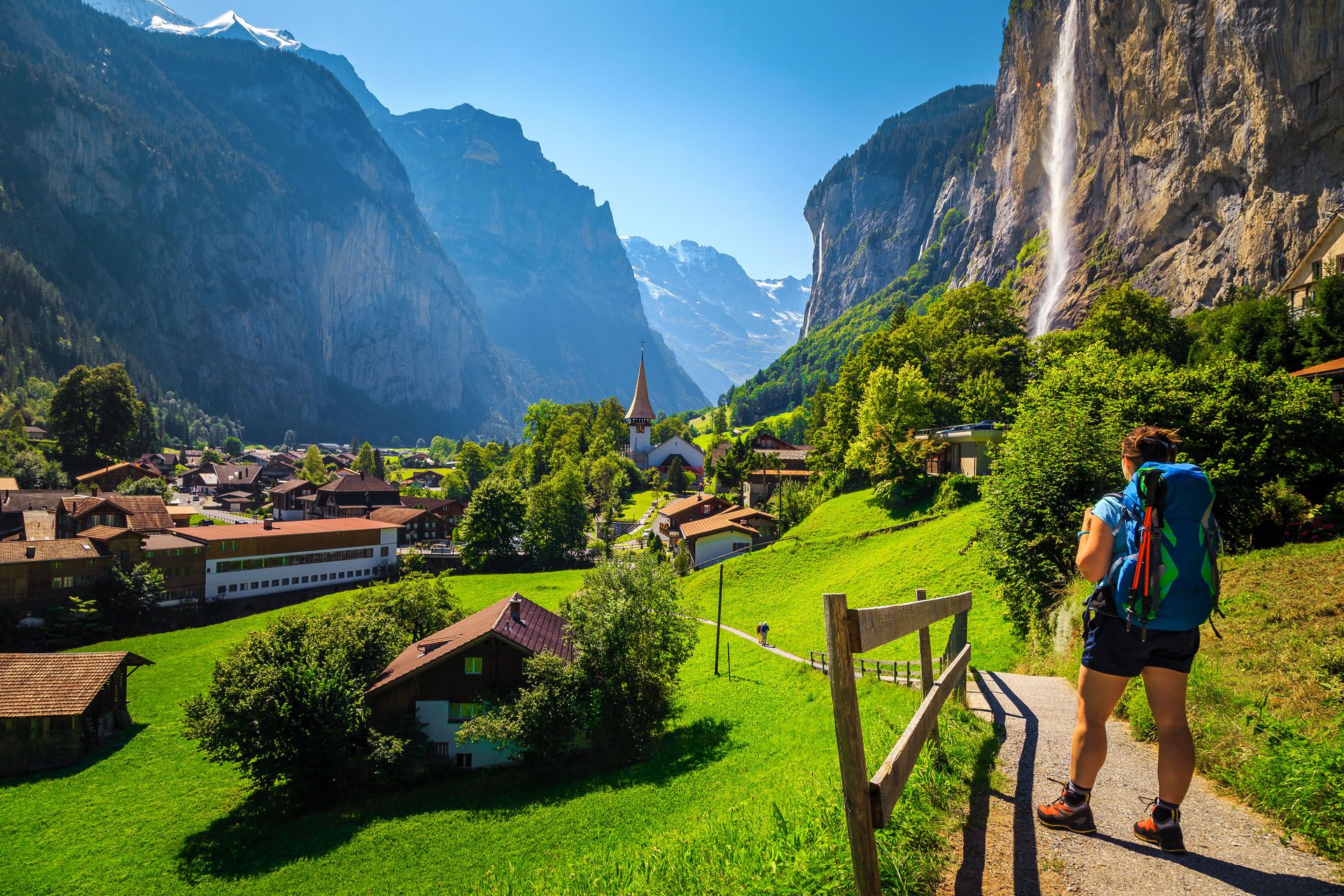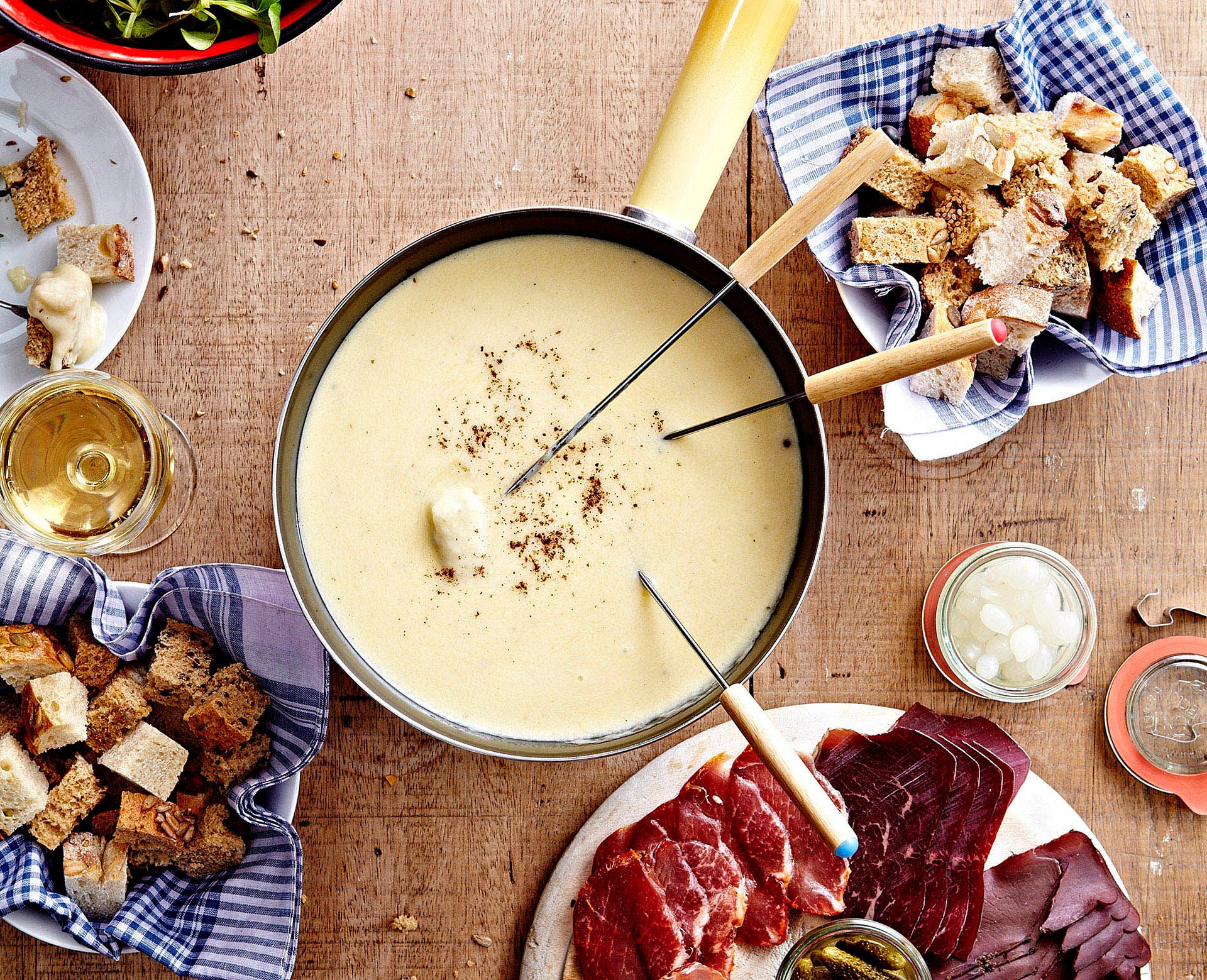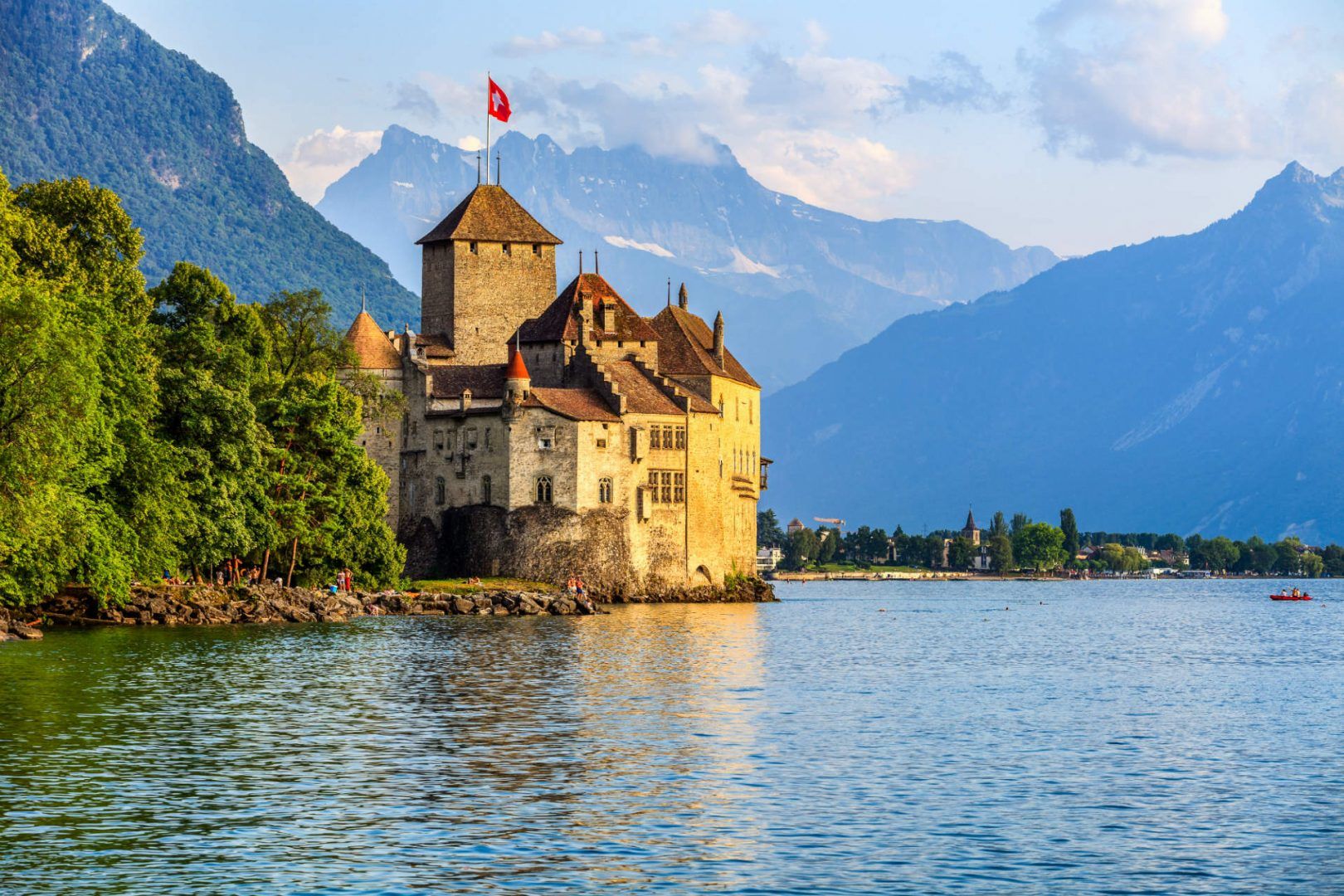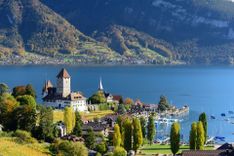Is Switzerland a good destination for families?
Switzerland works well for families. It is safe, easy to navigate, and has a range of activities that children enjoy. Many trains have family carriages with play areas, and Zurich and Geneva airports have indoor playgrounds. In the mountains, resorts often run supervised children’s programs. Facilities such as high chairs, children’s menus, and changing tables are widely available.
The short travel distances are a bonus with young kids. You can go from city to countryside in a short time without long hours in transit. If you use a Swiss Travel Pass, children under 16 travel for free with a parent, which makes a big difference to costs.
Switzerland travel advice: Some great things to do with kids in Switzerland are scenic boat rides, gentle hikes, adventure parks, and chocolate factory visits. In the cities, museums with interactive sections, like Zurich’s Swiss National Museum, are also great.
Where to stay and getting around
You’ll find plenty of family-friendly places to stay.You will find apartment-style hotels with kitchenettes, traditional chalets that work well for larger groups, and hotels with family rooms that have separate sleeping areas. Swiss Youth Hostels often have private family rooms and play areas.
Trains are the easiest way to get around. They are smooth, punctual, and watching the scenery roll by is entertainment on its own. Larger stations usually have ramps and elevators, though some smaller mountain stops may require carrying strollers.
Rental cars give more flexibility, but keep in mind that proper child seats are required until age 12 and snow chains are needed in winter. Cable cars and gondolas are everywhere in the mountains, and kids usually love them as much as the hikes at the top.
Essentials for parents
Hiking is best outdoor activities in Switzerland, but mountain weather can change quickly, so bring layers even in summer. Sunscreen is a must year-round since the sun feels stronger at higher elevations. Baby food and formula are easy to find in supermarkets, but they can be pricey, so pack some if you want to save money.
Most restaurants are welcoming to kids, but expect them to sit quietly: Swiss children usually do. Bringing a small game or activity helps since meals can be leisurely. For hikes, child-carrier backpacks are much easier than strollers.
Switzerland travel tip: The SBB Mobile app is useful for checking train times and finding family carriages. If you’re staying a while, look into the Junior Travelcard (about CHF 30), which covers unlimited travel for kids ages 6–15 when they’re with a parent.
